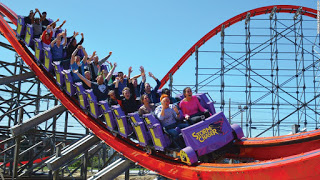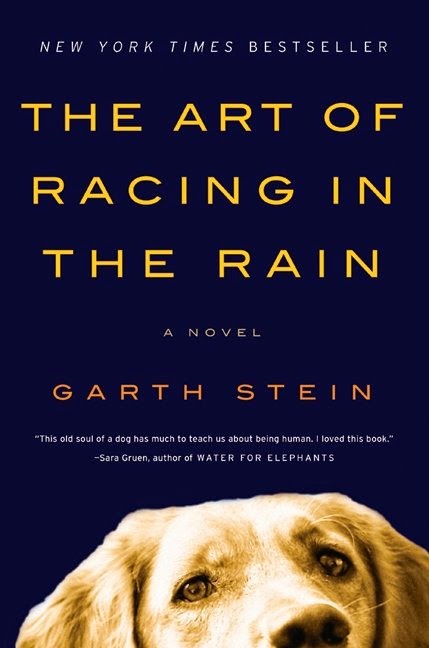Ups and Downs of Theme Parks Rides
Summer is in full force and with it, trips to theme and amusement parks. I’m a huge lover of them, including the thrill rides, like roller coasters. In 2000-2002 there were many stories and studies in the news about the potential for brain bleeds, and these were about people without bleeding disorders. Last year came the first reported case of symptomatic bilateral subdural hematoma associated with riding a centrifugal motion simulator ride.
What does this mean for our kids (and big kids–adults!) who love to ride roller coasters and simulator rides? Have you asked your hematologist for his or her opinion? I decided to rerun one of my favorite articles from PEN 2002 about risks for kids with hemophilia at theme parks, written by Dr. Richard Lipton.
Summer is here, and millions of families will seek adventure and thrills at theme parks like Six Flags, Disney World or Universal Studios. What a wonderful day a family can have at a theme park! Kids and parents love the rides, water slides, entertainment and general excitement. Are there any special safety concerns or precautions for families with a child with hemophilia? Yes!
Think of a theme park as a very big playground, but with an atmosphere favoring less parental control—a setting that can lead to impulsive behavior by children. Imagine yourself at a typical theme park. You’ll have general health concerns. Parks can be crowded, hot and sunny—so apply sunblock and drink plenty of water. Theme parks have paved surfaces, harder than public playgrounds, and filled with children running. Your child needs to wear appropriate footwear. Flip-flops or Texas might be suitable for water activities, but sneakers are safer for walking and running.
You’ll also have concerns specific to the theme park you visit. “Mind Eraser,” “Shockwave,” and “Nitro”—what about these special high-end rollercoaster rides? Riders are frequently subjected to changing speeds that result in “G-forces” similar to those experienced by trained, appropriately suited and restrained combat fighter pilots. Your child becomes “Top Gun” in shorts and a T-shirt! Parents should remember that any person can experience head trauma on these specialized rides.
How is the head affected by a ride like the Mind Eraser? Recall that your brain is surrounded by fluid; it is floating inside your skull. This arrangement cushions the brain, and reduces movement, protecting your brain from direct trauma and sudden shifts in skull position. It works quite well in our daily activities, and in automobiles (as long as we’re wearing a seatbeat). Now imagine speeding over the crest in a roller coaster. All of a sudden you’re weight- less, like an astronaut—this is called a Negative G- force. (You’ll have no trouble recognizing this moment, because every- body screams!) Then, after the coaster speeds down and resumes its climb, you feel your backside being pushed into the seat. It feels like the force of gravity has suddenly increased. This is a Positive G- force. Although your body is restrained, high G-forces could exceed the protective cushioning of fluid surrounding the brain, and could cause injury.
Interestingly, this year New Jersey became the first state to seek legal restrictions on the maximum allowable G-forces on amusement park rides. The regulations result from concerns raised by physicians about the association between neurologic damage and high G-forces on these rides. Certainly, such injuries occur very infrequently, but serve as a cautionary note to all riders of high-end roller coasters—with hemophilia, or without.
My advice? Take some precautions. Level the playing field by giving your child a prophylactic infusion of factor the morning of your visit to a theme park. Yesterday’s dose is not sufficient! Don’t wait until your child reports the symptoms of a bleed—it may be too late. Besides, your child is not going to report the flop he took running to the haunted house until you’re stuck in traffic on the long, long ride home.
Infuse first, then have a great time!
Dr. Richard Lipton was the physician in charge of the hemophilia treatment center at the Long Island Jewish Medical Center. As a United States Air Force Physician (1966–1968), Dr. Lipton knew several fighter pilots, who took him on “joy rides” (with lots of G-forces) that more than fulfilled his childhood fantasies. He is now retired.





